Silent aircraft soar through Swiss skies
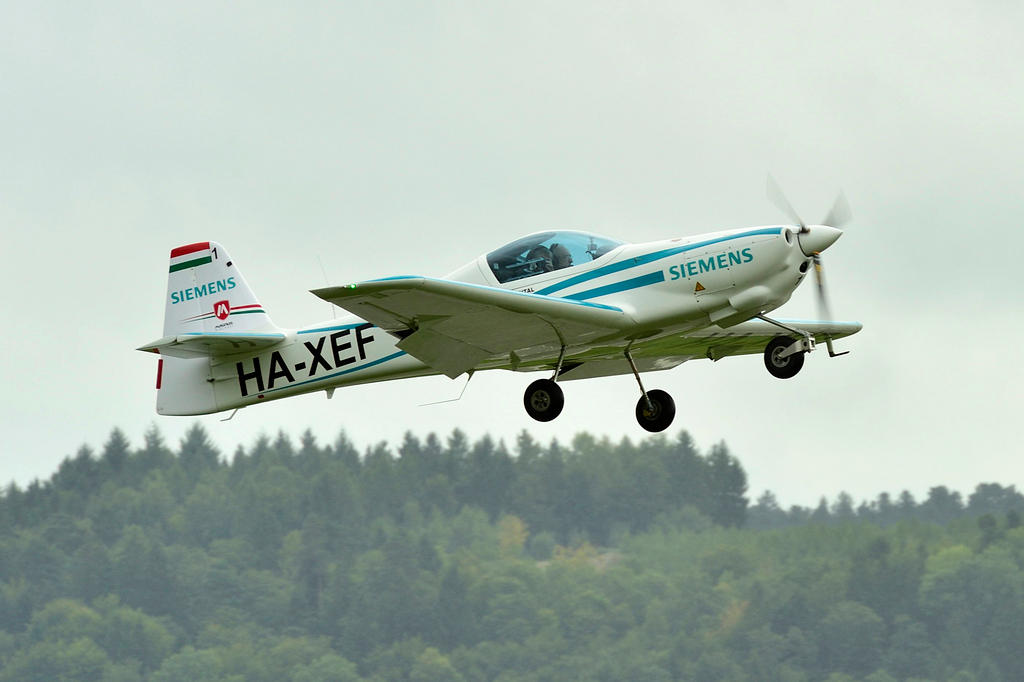
Electric aeroplane enthusiasts recently met in Switzerland to show off the latest technologies that could influence the air travel of tomorrow.
Before the Smartflyer ChallengeExternal link event – Europe’s first gathering of hybrid and electric aeroplane developers and fans – pilot Frank Anton had never heard applause upon landing. But when the head of electric planes at Siemens touched down in a Magnus E-Fusion craft powered by electricity, he was received like a rock star by photographers and members of the public.
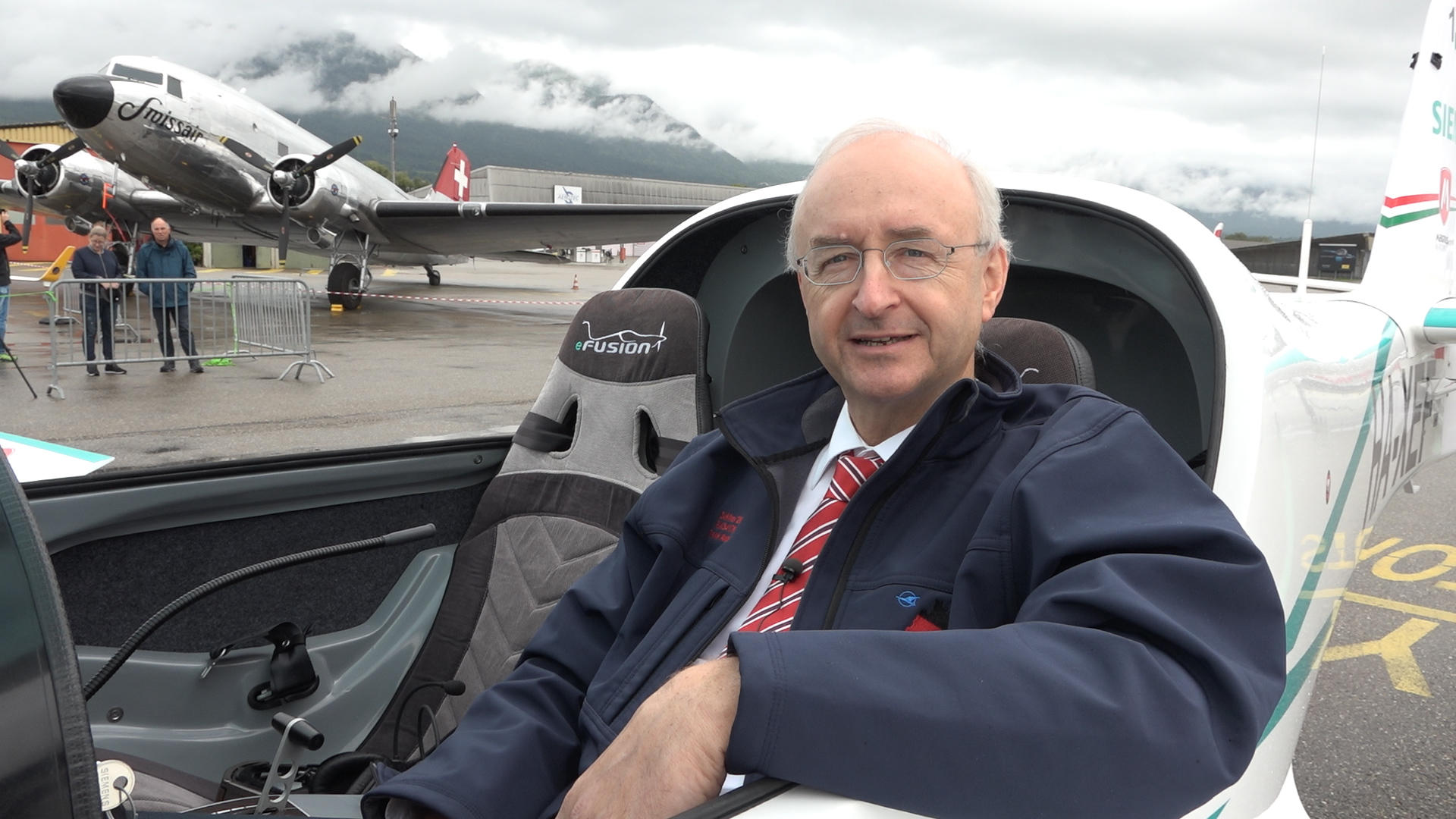
More
The first all-electric aerobatic trainer aircraft
The other small aircraft in the hangar also get lots of attention from the public, even though some look completely normal from the outside. Several resemble glider or ultralight planes. But all the aircraft and their pilots from around the world gathered near the western Swiss town of Grenchen under the motto “the future is electric”.

More
Soaring with the birds in an electric glider
Efficient, environmentally friendly and quiet
«Electric planes allow us to explore new, light power methods,” says Daniel Wenger, head of the Smartflyer Challenge as well as a pilot and flight instructor for the airline SWISS.
“They also give us the chance to try out new aerodynamic shapes and increase efficiency as well as protecting the environment and reducing noise.”
Developers of electric plane motors tend to be small companies, some of whom already have aeroplanes on offer such as a training craft made by Pipistrel from Slovenia. But larger companies like Airbus and Siemens are also getting in on the action.
Long-term goal: short-haul flights
The planes on display at the Smartflyer Challenge can all only fit a maximum of two passengers. Bringing the technology to larger electric planes remains a pipe dream, but Wenger says that hybrid options are on the table for more sizeable aeroplanes.
Battery power remains too weak to fuel takeoff for larger aircraft. But according to Wenger, Airbus plans to have hybrid technology far enough along by 2030 to power planes with up to 100 passengers on short-haul routes.
In the meantime, organisers of the Smartflyer Challenge have pointed out that authorities will have to consider how permits for pilots and electric aircraft will work in future. Switzerland’s Federal Office of Civil Aviation and the European Aviation Safety AgencyExternal link (EASA) will be tasked with coming up with solutions in the coming years.

More
Atares: the first electric glider to be certified

In compliance with the JTI standards
More: SWI swissinfo.ch certified by the Journalism Trust Initiative
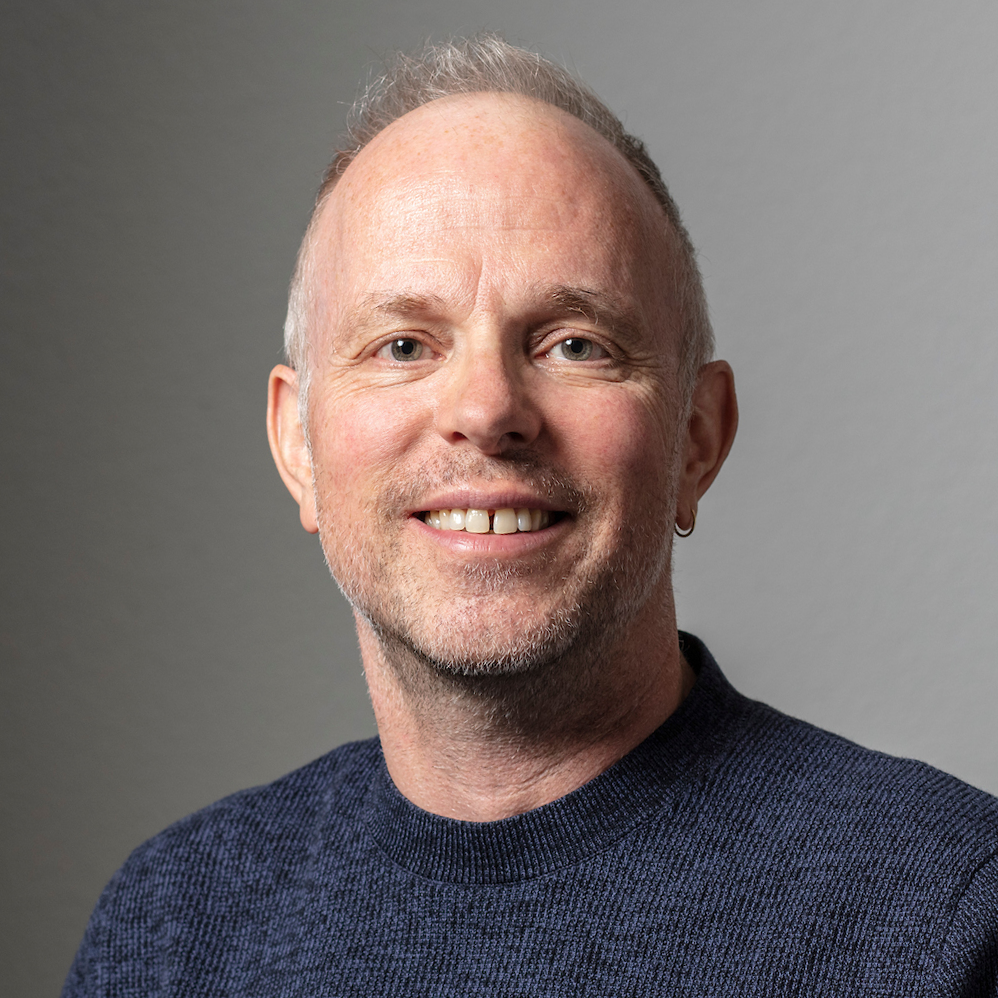
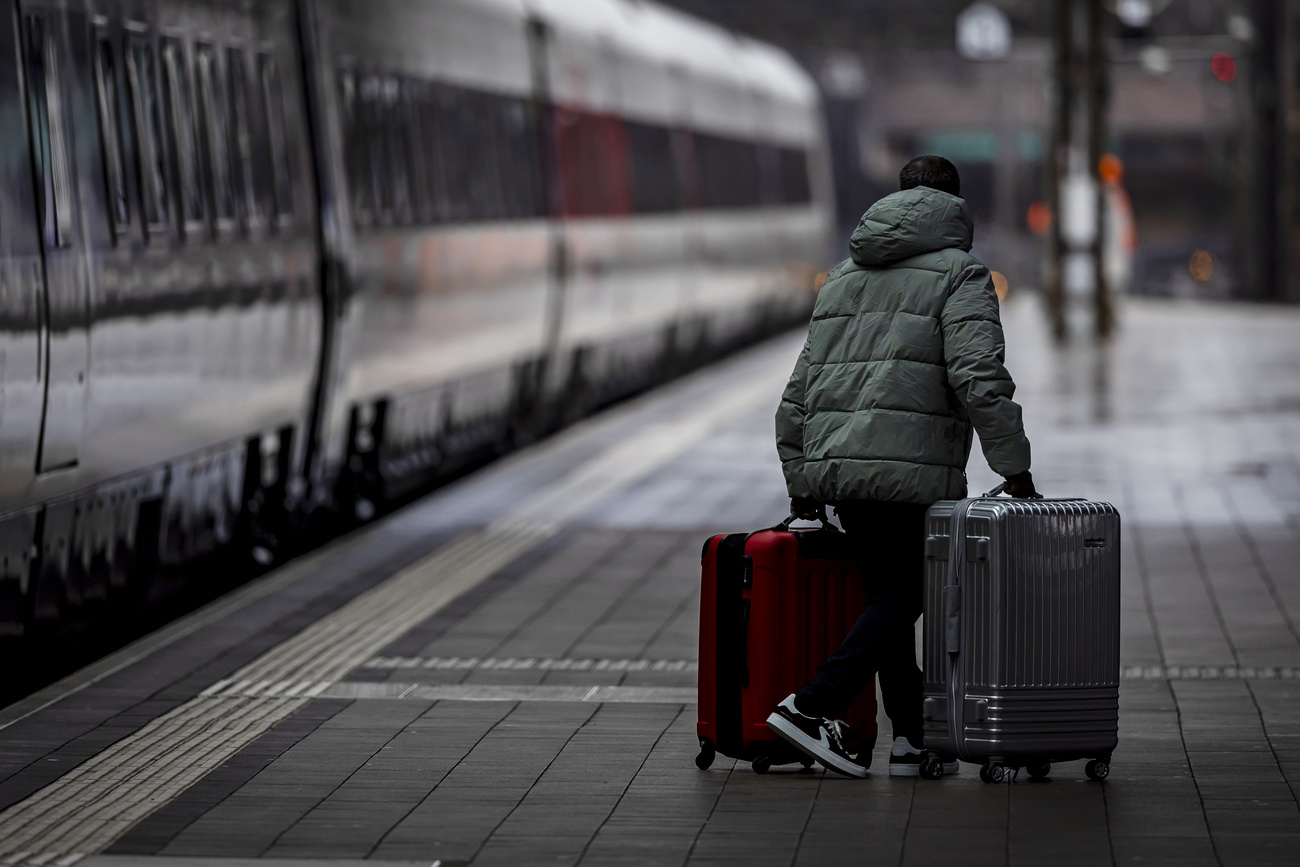
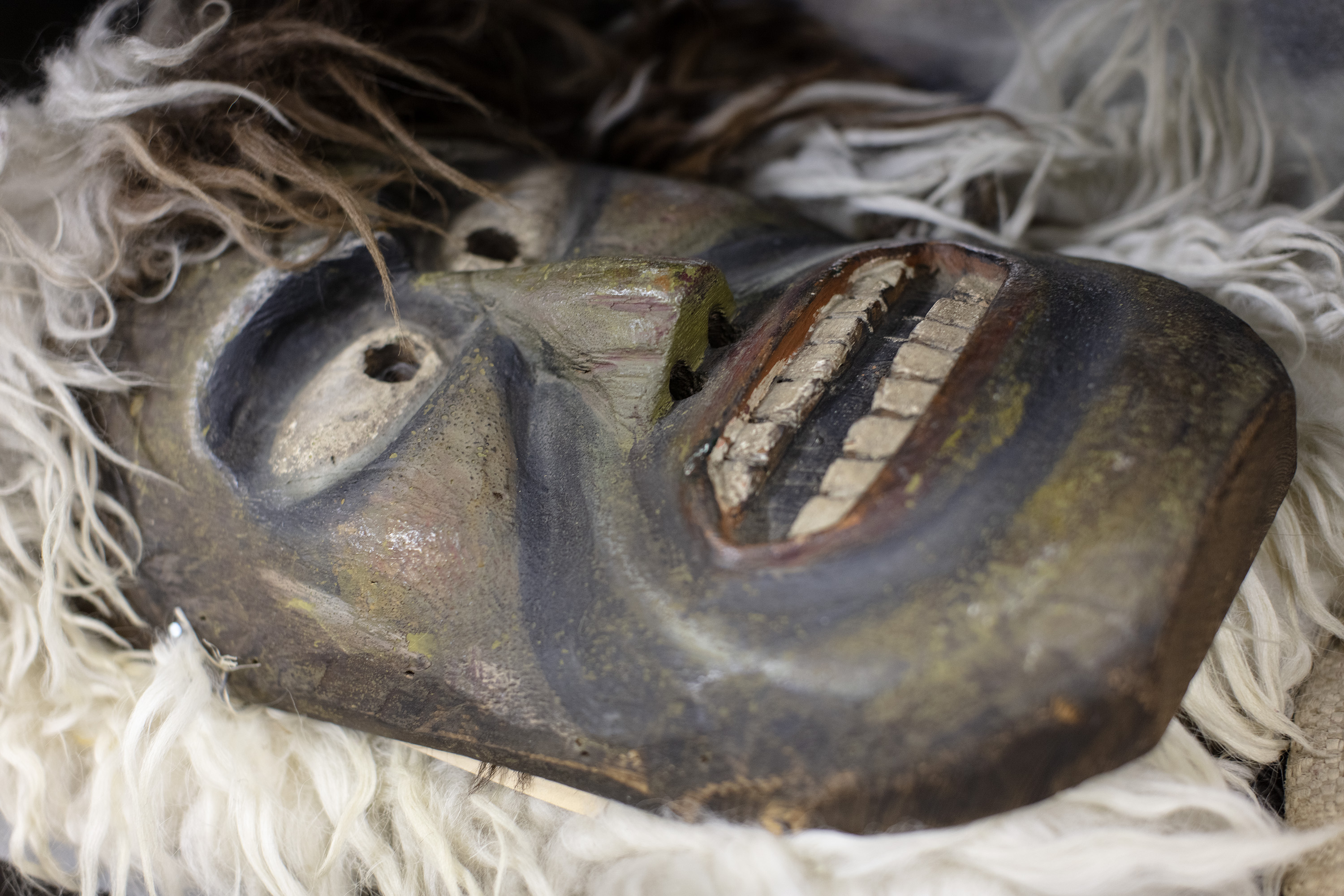

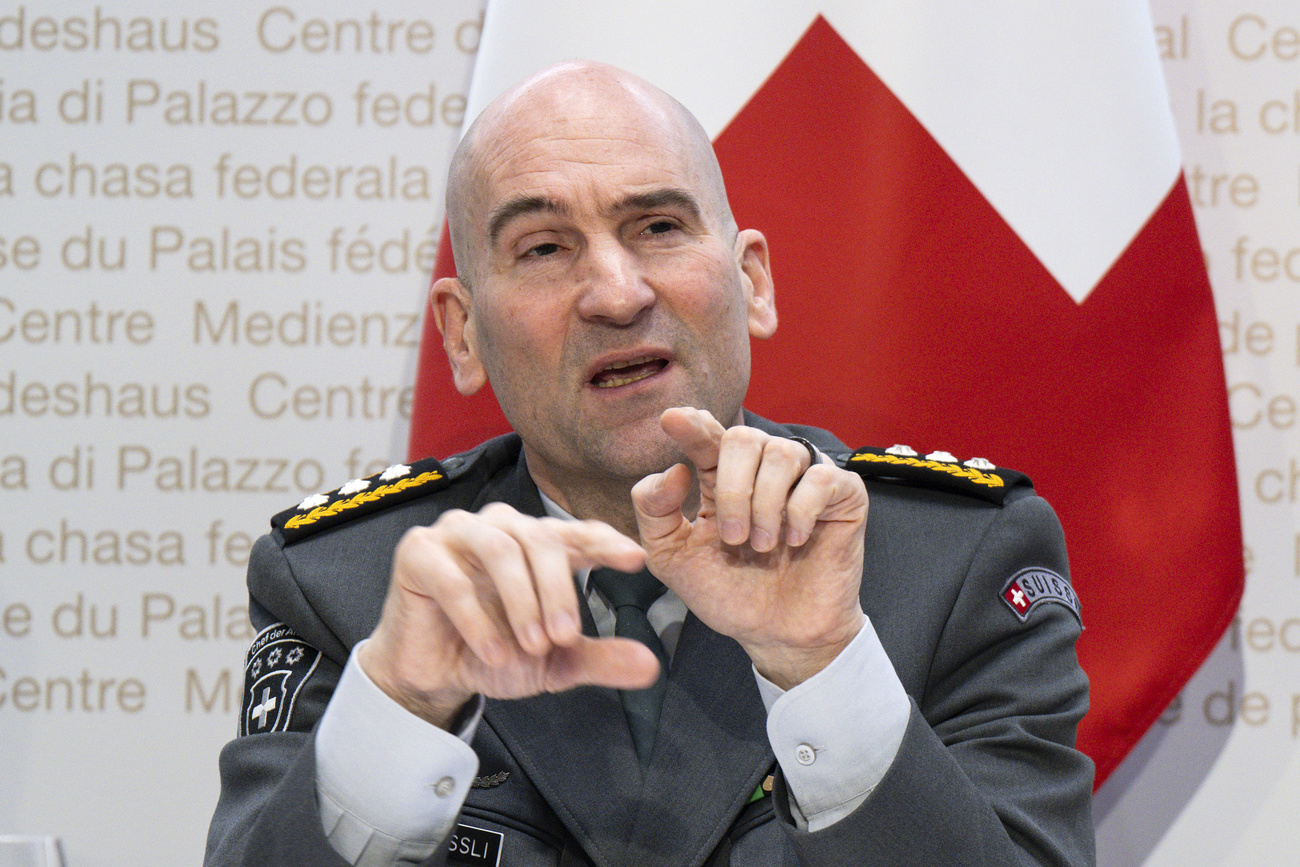
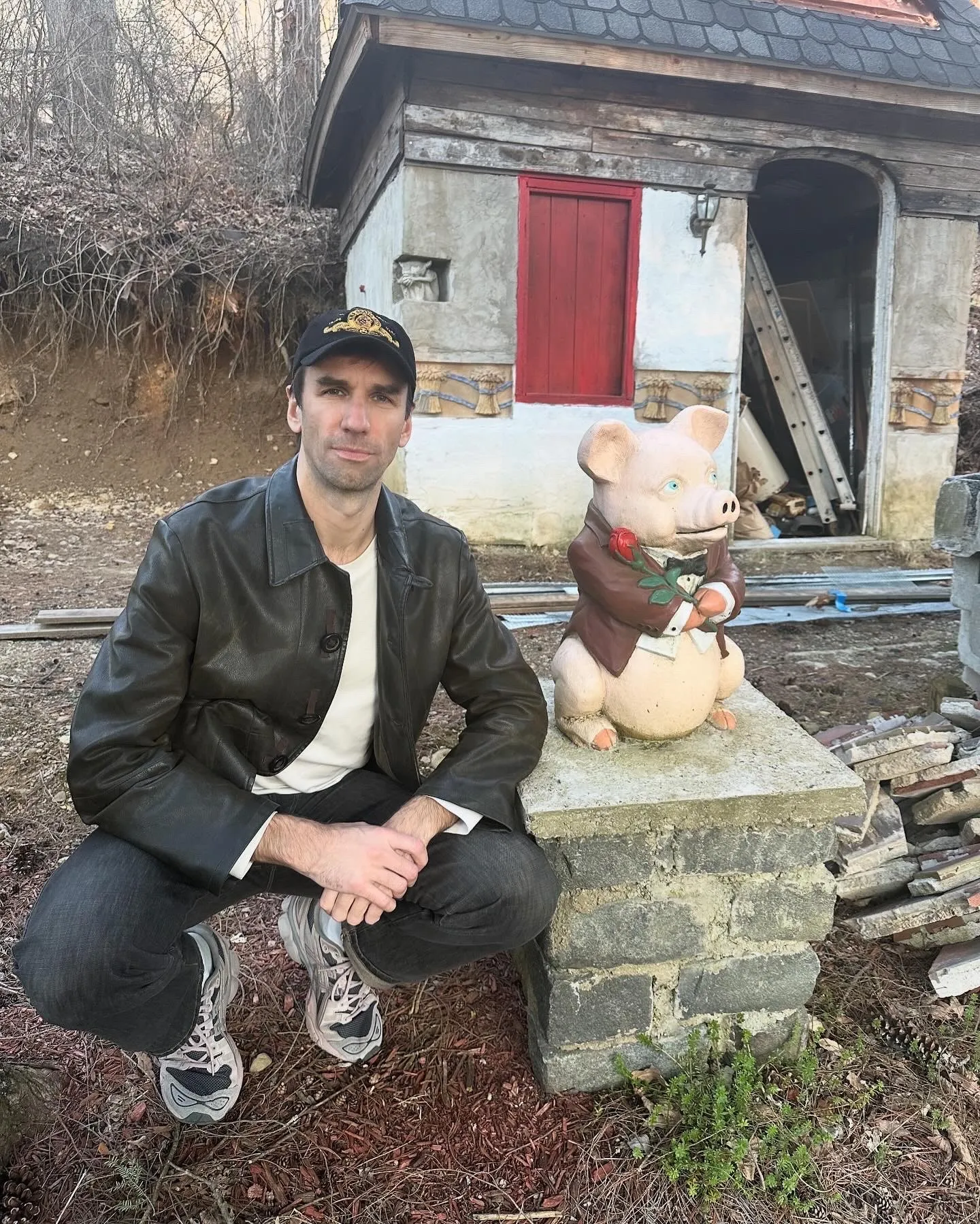



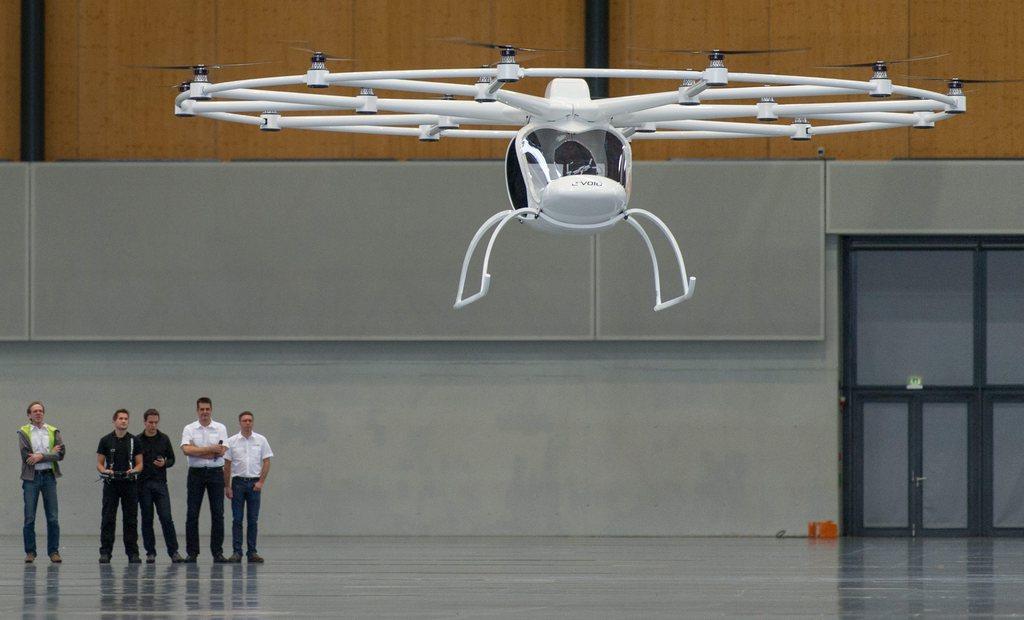
You can find an overview of ongoing debates with our journalists here . Please join us!
If you want to start a conversation about a topic raised in this article or want to report factual errors, email us at english@swissinfo.ch.